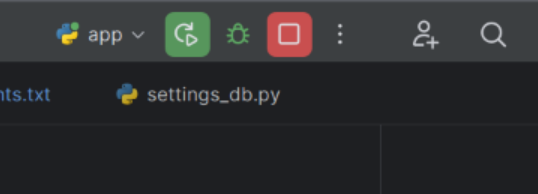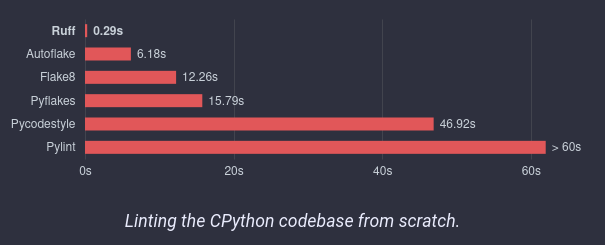Flake8 - settings.json
-
Flake8 ist ein Tool um Code auf vorgegebene Parameter zu überprüfen.
Your Tool For Style Guide Enforcement
Nach meiner Neuinstallation war ich heute auf der Suche nach der Settings Datei um ein paar Meldungen zu unterdrücken.
Pfad: /home/frank/.config/VSCodium/User Dateiname: settings.jsonInhalt
{ "python.autoComplete.extraPaths": [ ], "python.linting.flake8Args": [ "--ignore=E501", ] } -
Das o.g. würde dann für jedes Projekt gelten. Man kann das aber auch Projekt bezogen einstellen. z.B.: mein Restic UI Projekt
/home/frankm/restic-ui-public/.vscode/Da eine Datei settings.json rein.
{ "python.linting.flake8Enabled": true, "python.linting.enabled": true, "python.linting.flake8Args": [ "--ignore=E501", ] ] } -
 F FrankM hat dieses Thema am angepinnt
F FrankM hat dieses Thema am angepinnt

